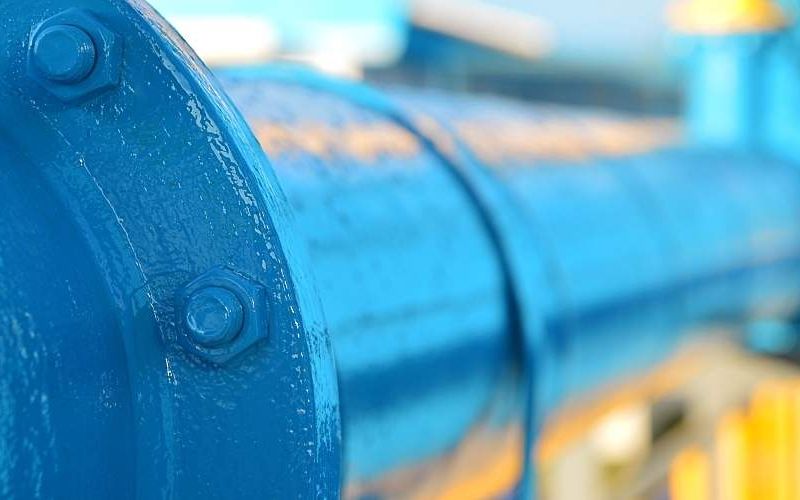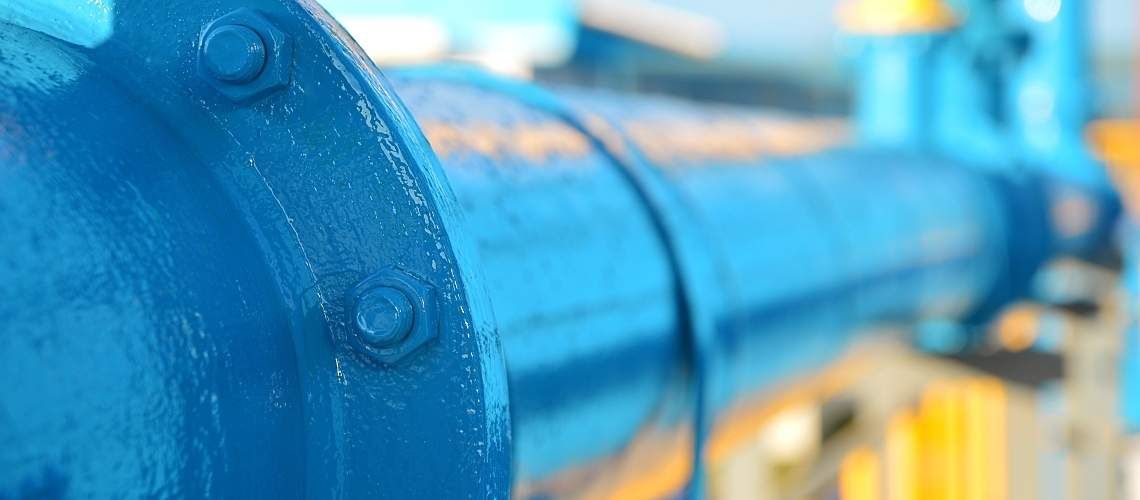ASHRAE Standard 514 Introduces New Requirements for Managing Building Water Risks


The American Society of Heating, Refrigerating, and Air-conditioning Engineers (ASHRAE) recently introduced an enhanced standard for water in human-occupied buildings other than single-family homes. ASHRAE Standard 514: Risk Management for Building Water Systems establishes minimum requirements for managing risk associated with physical, chemical, and microbial hazards. The standard specifically calls out testing for both Legionella and Pseudomonas species.
ASHRAE 514 expands on ASHRAE 188, which includes only Legionella. The framework provides owners and managers with a way to systematically develop water management programs to handle disease outbreaks and hazards that could become public health and safety issues.
Implementing the standard might seem challenging, particularly given the 72 species of Legionella included. However, focusing on control measures that protect health and life can help streamline management and testing programs. For example, it's valuable to know that L. pneumophila causes 97-98% of Legionnaires' disease cases in the U.S. and Europe.
For physical hazards this document focuses on scalding risk and for chemical risks this document reemphasizes those already found in EPA regulations. Due to this, the most notable additions from this standard is the specification for additional microbial testing beyond Legionella species to include Pseudomonas, Mycobacterium and total heterotrophic aerobic bacteria. This guidance is important for building managers as lacking a water management plan can lead to occupants becoming ill or injured. Further, ASHRAE creates an industry standard and if a building chooses to not follow guidelines and an incident occurs they may be found liable. Because of this, the importance of knowing what ASHRAE is and how to implement it, is vital.
ASHRAE Standard 514 Broadens Scope of Requirements
ASHRAE 514 includes every phase of building management from design and construction to occupancy, including post-occupancy modifications and renovations. The standard also expands risk factors to include:
- Buildings with more than six stories
- Occupants less than 2 and more than 65 years old
- Surgical areas or long-term health services
- Supplemental disinfection of potable water
Where these factors exist, hazard control applies to all building water systems, not just potable.
ASHRAE 514 requires adhering to all elements of ASHRAE 188: Legionellosis: Risk Management for Building Water Systems. The new standard incorporates the same best practices for managing risks associated with Legionella—which remains the primary risk—along with other microbes.
Appendix E of ASHRAE 514 includes targets for microbial testing, while also acknowledging that facilities can't test for everything. These targets can serve as an indicator of whether the conditions for microbial growth are under control and provide a validation of the management program. The goal being that the management of these key organisms allows for managament of other similar organisms and helps maintain a well functioning system. The guidelines suggest testing for: Non-Tuberculosis Mycobacterium (especially M. Avium Complex [MAC] and M. Abscessus [MBAC]), Pseudomonas (especially P. aeruginosa), and Legionella (especially L. Pneumophila). Additionally testing for Total Heterotrophic Aerobic Bacteria (THAB), described here as Heterotrophic Plate Count (HPC) test method as it can give an overall indication of microbial quality.
Pseudomonas includes some of the most threatening antibiotic-resistant strains of bacteria or non-tuberculous mycobacteria, including the opportunistic Pseudomonas aeruginosa. The total plate count of heterotrophic bacteria (HPC) quantifies the amount of culturable, waterborne bacteria in a sample.
L. Pneumophila Testing Proves More Useful Than Other L. Species
One question that may arise is whether implementing ASHRAE 514 requires eliminating all species of Legionella from water systems. The family Legionellaceae (commonly known as Legionella) comprises over 60 species, and more than 70 serogroups. Most healthcare and community-acquired Legionnaires' disease cases (>95%) are caused by L. pneumophila, even though laboratories have consistently recovered non-pneumophila species from water systems, including healthcare settings. Cases of Legionnaires' disease have been on the rise since 2000, with nearly >10,000 cases in the U.S. in 2018 alone. However, since 2006, the U.S. Centers for Disease Control and Prevention hasn't found any outbreaks of Legionella caused by anything other than L. pneumophila from any type of water device.
Although labs consistently recover other Legionella species from water systems, L. pneumophila causes most healthcare and community-acquired Legionnaires' disease. And, measures directed against L. pneumophila effectively reduce levels of other Legionella species in potable water. The presence of L. pneumophila is predictive of Legionellosis within a facility. That's of vital concern—approximately 10% to 15% of people who contract Legionnaires' disease from their community environment will die, but that jumps to deaths of 25% to 30% if infected in a hospital or healthcare facility. Testing in a hospital water system is essential to protect patients, especially those who are immunocompromised or immunodeficient.
Testing Helps Reveal Hazards in Building Water Systems
Federal, state, and local regulations and requirements for building water management run the gamut from none to in-depth plans to monitor and control microbial growth and minimize exposure. In between are various codes, standards, and guidance that typically target high-risk areas for Legionella growth.
Testing is critical to evaluate risks and protect building occupants from potentially deadly diseases. To protect community health and guard against litigation, building owners and managers should be aware of any hazard that could pose a threat to occupants. Adopting and implementing ASHRAE Standards 188 and 514 can help personnel take appropriate precautions and avoid potential accusations of negligence.
IDEXX offers several tests that can be used with the standards. IDEXX Legiolert detects L. pneumophila, and IDEXX Pseudalert detects P. aeruginosa. IDEXX EasyDisc PCA can be used to enumerate HPC bacteria and was just accepted as an ASTM International Standard Method: D8516-23.






